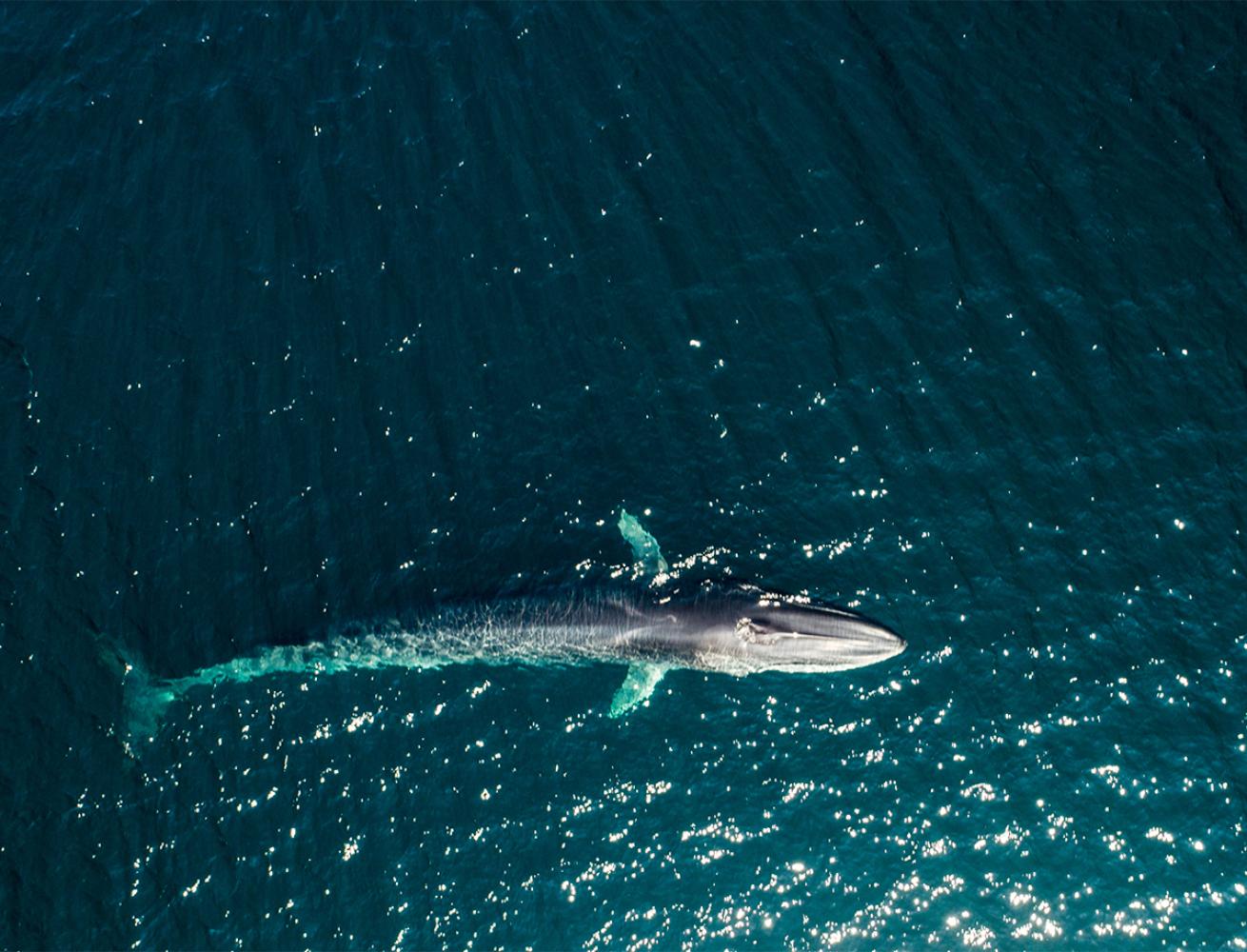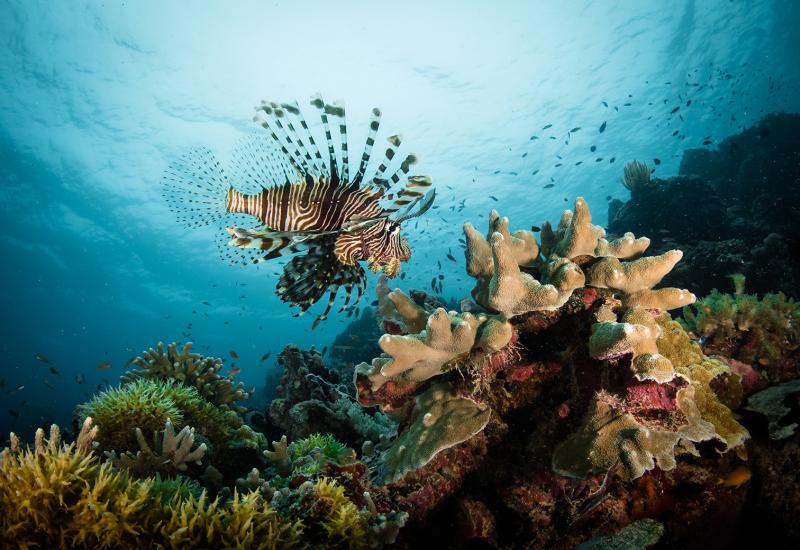Scientist Uses Whale Songs to Map Sea Floor

Shutterstock.com/Leonardo GonzlezThe scientist used fin whale songs, some of the strongest calls of any ocean animal.
A scientist recently discovered whales’ specialized vocalizations can help map the seafloor.
Ocean-bottom seismometers (OBS) are scattered across the seafloor to record earthquakes, but they also pick up whale songs, which scientists manually delete from their analysis. Whale songs had been considered an annoyance to seismologists for this reason — until Václav Kuna, a Ph.D. student tracking earthquake at Oregon State University, had an idea to make them useful.
To create ocean maps, scientists typically use instruments such as air guns to create echoing waves that are measured once they penetrate the seafloor and bounce off objects like rocks. Kuna noticed the whale song’s echoes were recorded in a similar fashion, and set up a study to test whether they’d produce accurate maps. He recorded 22 hours’ worth of fin whale songs, some of the strongest calls of any ocean animal, captured by OBS stationed about 10,000 feet below seawater near the Blanco fault off the coast of Oregon.
Based on these findings, Kuna concluded that using the whale songs isn’t quite as effective as air guns, but in some areas where air guns are outlawed, like marine protected areas, they may be a great natural substitute.
“We can use whales in the same way, and for free,” Kuna tells Science.
From the songs, Kuna was able to see the thickness and compactness of layers of Earth’s crust up to about 10,000 feet below the seafloor. Air gun studies in the same area produced similar findings, although the air gun proved to be much stronger, measuring up to 26,000 or so feet below the seafloor.
Along with mapping, whale songs may also be able to study earthquakes and give researchers a better reading of the seafloor when deciding where to place seismometers. Although the technique is limited to fin whales’ distribution areas, scientists in other regions can adapt Kuna’s research to their own waters.
“This study was a proof of a concept,” Kuna says. “I’m putting it out there for other people to find more uses for this.”










